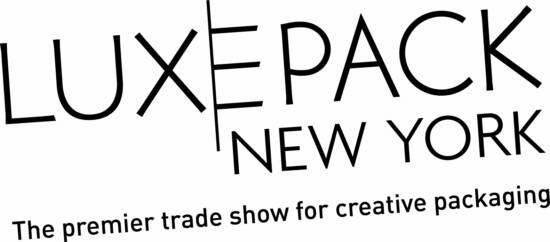A New Generation of Aluminum
2021/03/02
A New Generation of Aluminum Is Stronger and Less Carbon-Intensive
New forms of the highly abundant and ubiquitous material double down on its recyclability and explore ways of reducing its carbon footprint.
Abundant in the earth’s crust and backed by a robust recycling infrastructure, aluminum is the lightweight workhorse metal for architecture and interiors. Its primary application is in construction, for smaller structural elements, and as complex molded parts for electrical systems. Highly conductive yet light enough to be used in aircraft, it is ubiquitous in all industries.
However, not all aluminums are equal. For most applications, the metal is alloyed with silicon, magnesium, or copper because pure aluminum is useless for anything structural. The different types are named as numerical series—the mostly pure aluminums make up the 1000 series (aluminum foil is 1235), with alloyed versions found in the 2000s all the way up to the 8000s. Construction mostly uses the 6000 series, with some 5000s used for their strength and easy workability.
Somewhat surprisingly, aluminum is a highly reactive metal. It would dissolve completely in air or water if it were not for the thin oxide coating that immediately forms on the metal’s surface when it is produced. This layer, essentially like sapphire in structure (but without the impurities that make the gemstones blue), is transparent, hard, and resistant to most chemicals. The process of artificially building this layer is called anodizing. While harder and more sustainable anodizing…
Source: Material ConneXion MARCH 2, 2021

